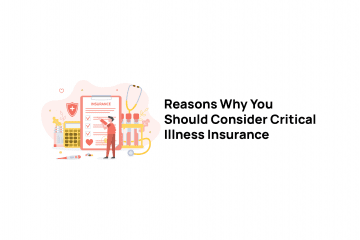Back in the 1990’s when critical illness insurance first arrived in Canada, the insurance companies banded together with the reinsurers and created a set of standard definitions for each of the covered conditions. So for example, there’s a standard industry definition for cancer, another for heart attack, and so on. The specific industry definitions can be found individually in links on our critical illness insurance page.
Some companies have strayed from the standard definitions. In many cases where a company does not use the standard definitions, the new definition is more restrictive and thus not in the consumer’s best interests. It’s important to compare these standard definitions, because not all coverages are the same from all companies.
But first, let’s start with the list of the standard covered conditions. They are:
- Cancer
- Heart Attack
- Stroke
- Aortic Surgery
- Coronary Artery Bypass Surgery
- Loss of Independence
- Bacterial Meningitis
- Muscular Dystrophy
- Alzheimer’s Disease
- Parkinson’s Disease
- Occupational HIV
- Severe Burns
- Aplastic Anemia
- Motor Neuron Disease
- Heart Valve Replacement
- Kidney Failure
- Benign Brain Tumour
- Loss of Limbs
- Paralysis
- Blindness
- Deafness
- Loss of Speech
- Coma
- Major Organ Transplant
- Enrolment in Major Organ Transplant Program
- Angioplasty
- Early Prostate Cancer
- Ductal Breast Cancer
- Superficial Malignant Melanoma
You can click through to our critical illness insurance page to get a link to definitions to each of the above covered conditions.
Generally we suggest you deal with companies that use standard definitions. Typically when companies vary from the standard definitions, the new definition adds additional restrictions which is detrimental to you. Should you purchase a policy that has additional restrictions on some conditions, where you can purchase a similiar policy from a company that does not have those restrictions? That’s why we our online critical illness quoting tool compares premiums, covered conditions, AND whether the company uses standard definitions.
- Manulife does not strictly speaking cover loss of independence. Instead they have a simliar coverage called LifeCare. LifeCare pays 1% of the coverage per month to a maximum of $500,000 or the full coverage amount. The policy also allows for conversion (without medical exam) over to a long term care policy. To our knowledge, there has never been a critical illness claim paid in Canada for Loss of Independence as a covered condition. Manulife however has paid LifeCare claims
- RBC, Cumis, and Foresters routinely deviate from standard conditions. For example, with the Occupational HIV, the accident must occur in Canada or the U.S. Most other contracts do not have this restriction. So for these three companies you will be covered for Occupational HIV infection only in Canada, or Canada and the U.S. Many other policies will cover you worldwide.
- Most policies offer a 90 day exclusion on cancer – if you develop cancer within 90 days of signing date of the policy or of the last reinstatement. Sun Life’s policy further requires the 90 days within the effective date of the policy (not found in most other policies). However we believe this additional restriction to be irrelevant or at best a clarification. The potential loophole here is that you could purchase a policy today and then do something called ‘backdating’ where you make the effective date of the policy a couple of months prior. This is normally done to reset your age to a younger year thus saving on premiums. In this case, you could purchase a policy today and then backdate 90 days, thus avoiding the 90 day moratorium on cancer benefits. However we expect that most companies prevent this by not allowing backdating on critical illness policies.
- For the covered condition of Major Organ Transplant, Foresters covers pancreas transplant. Most policies cover only heart, both lungs, liver, both kidneys and bone marrow.
Knowing what you’re covered for and when is why it’s important to deal with a broker who is read and compared various policies to ensure you have the best coverage at the best price. Reach out to us today with any questions you may have on critical illness insurance.




